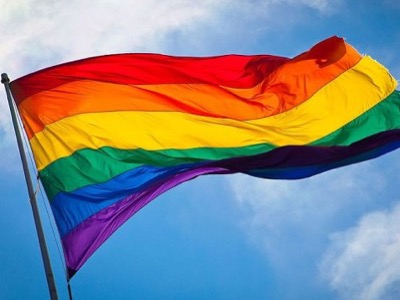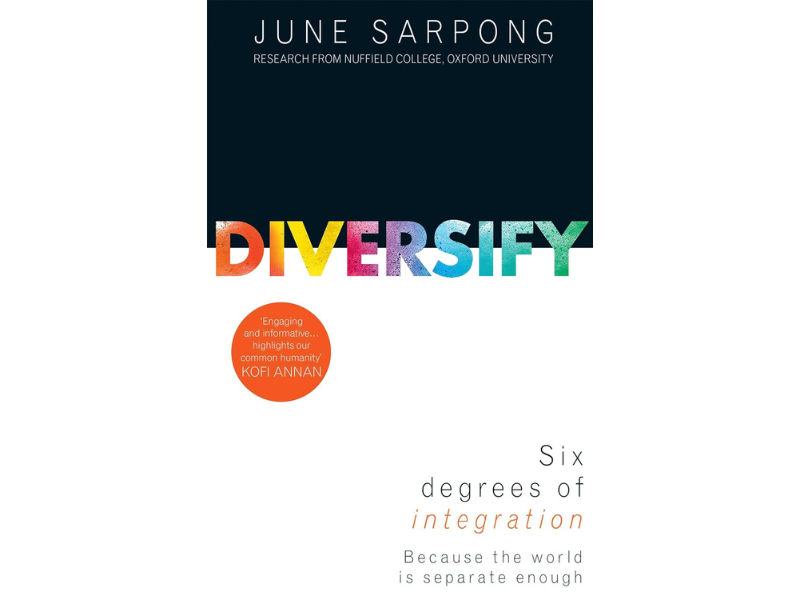Article provided by Karen Holden, CEO of A City Law Firm
 A lot has changed over the years in terms of LGBT+ rights but has the culture and people’s security to enforce these rights caught up?
A lot has changed over the years in terms of LGBT+ rights but has the culture and people’s security to enforce these rights caught up?
Sadly, despite some businesses efforts to increase diversity and inclusion and movements towards greater transparency we as employment solicitor are still being engaged regularly to address discrimination, harassment and breaches of the Equality Act. So honestly there is clearly more to be done when it comes to equality in the workplace.
Whilst the law is there to protect employees and if reported the employer is legally obliged to address grievances and incidents of harassment or discrimination, employers could be and should be adopting a more proactive role.
From the Top
In order to reduce bullying and discrimination, and for employees to feel comfortable to come out and ask for related benefits like surrogacy or adoption leave a culture of inclusion is essential. Employers need to have clear policies and staff handbooks addressing grievances, disciplinary and discrimination, but also making it clear of beneficial policies will also help such as parental rights for LGBT+ intended/families; same-sex partnership benefits for example.
It’s also favourable to educate staff on diversity and inclusion to create a mutual understanding of unacceptable behaviours and treatment, leaving no room for misinterpretation. A forum or nominated person or department that staff can easily approach to discuss their concerns will also open the door for communication, resolution and inclusion, which avoids grievances becoming claims or employers not identifying potential issues early on. These ideals must be mirrored by management and any behaviours reported or seen to contradict must be addressed immediately and transparently.
In our experience there must be a leadership example; clear written policies promoting the benefits as well as how infringing rights are to be addressed; proactive and reactive actions are key to display support, acceptance and if necessary that any behaviour to the contrary will not be tolerated.
Setting a standard
The company ethos of acceptance should be demonstrated by senior staff setting positive examples and addressing any negative or discriminatory behaviour immediately. It would be ideal, where possible, for an employer to enable LGBT+ staff networks and visible LGBT role models and allies in leadership positions as they will help to demonstrate that companies are championing a diverse workforce and will make it less likely for members of staff to feel alienated.
Everyone deserves to be treated equally and with respect. Equality should be demonstrated to all staff, regardless of race, religion, sexuality, gender identity or perceived sexual orientation.
What is the legal definition and recourse for LGBT+ bullying and harassment?
Bullying and harassment is behaviour that makes someone feel intimidated or offended. Harassment is unlawful under the Equality Act 2010.
Bullying or harassment takes place in various forms, either in person face-to-face or other means from letters, emails, social media or over the phone. Examples of bullying or harassing behaviour include:
- Spreading malicious rumours
- Unfair treatment
- Personal insults
- Being picked on or regularly undermining someone
- Denying someone’s training or promotion opportunities
- Homophobic or racial slurs
- Expressions of disgust or intolerance towards individuals
Identifying harassment or discrimination at work
It is a breach of the Equality Act if the bullying or less favourable treatment relates to a protected characteristic, as set out below. An employer should be aware of these, the signs and react immediately to any reports or incidents to this effect:
- Age
- Sex
- Disability
- Gender reassignment
- Marriage and civil partnership
- Pregnancy and maternity
- Race
- Religion or beliefs
- Sexual orientation including perceived orientation
Actions employees can take
If an employee is being bullied or harassed, an employer should seek to remedy the issue informally and promptly. However, if this does not work, or is not possible they need to investigate the grievance or issues and produce a transparent process/ timeline, the results and outcome for all the parties involved. A reaction and outcome must be clearly documented and be fair and reasonable.
How employers can manage workplace discrimination for LGBT staff
Employers are responsible for creating and maintaining a safe workplace which includes preventing bullying, intimidation and harassment and are liable for any harassment suffered by their employees. Employees are protected by a combination of policies and legislation. It is important various factors and actions are considered to protect all staff members, but this doesn’t just have to be reactive. This can be simply through being firm and clear.
Discrimination should be tackled head on; therefore, a company must clearly make it known that they are opposed to this behaviour from the outset and are ready to take action. Positive reinforcement in the benefits of a diverse work force, combined with a firm stance against bullying, will help reinforce that any discriminatory behaviour will not be tolerated. This can be done through having clear policies and staff handbooks and the means to educate staff on diversity.
Read these next…
 How to tackle prejudice in the workplace
How to tackle prejudice in the workplace
Prejudice in the workplace can exist in the form of unconscious bias. It can be difficult to tackle as it is rooted in preconceived ideas about gender, ethnicity, education, sexuality, disability and socioeconomic status. Everyone’s life journey has been influenced by privilege, or lack of it; by discrimination; and by everyday unconscious bias that can work for, or against us.
 Coming out at work
Coming out at work
For members of the LGBTQ community, coming out at work can sometimes be a deeply emotional and unnerving experience. Some may find it’s the fear of being judged, isolated, or discriminated against by your boss and colleagues for your sexual orientation or identity, either openly or covertly. For others, it can be more subtle – a niggling anxiety that you’ll be pigeonholed or tokenised, unable to break down the walls people form around you based on their own misunderstanding of who you are and who you should be.
WeAreTheCity covers the latest female centric news stories from around the world, focusing on women in business, careers and current affairs. You can find all the latest gender news here.
Don’t forget, you can also follow us via our social media channels for the latest up-to-date gender news. Click to follow us on Twitter, Facebook, Instagram, and YouTube.








